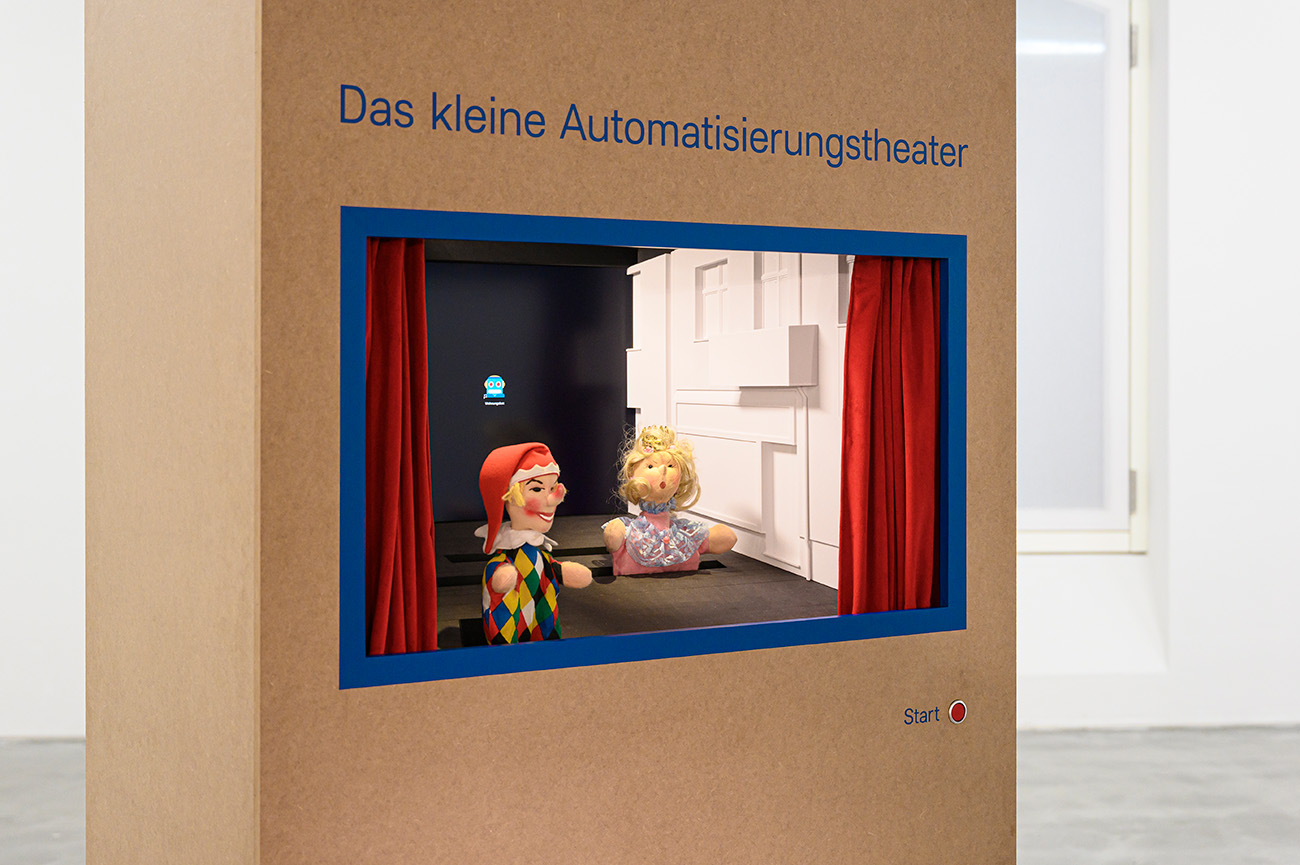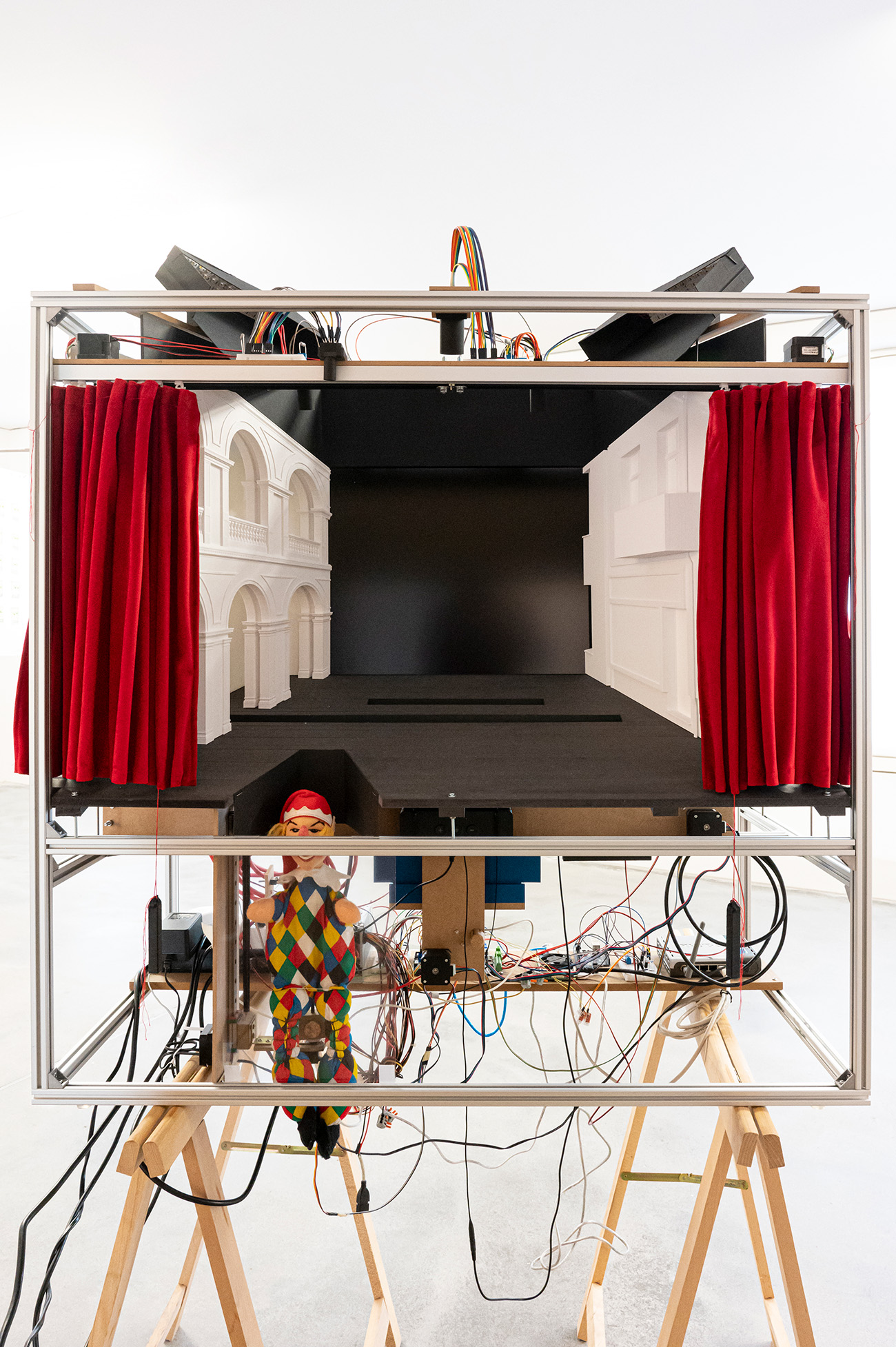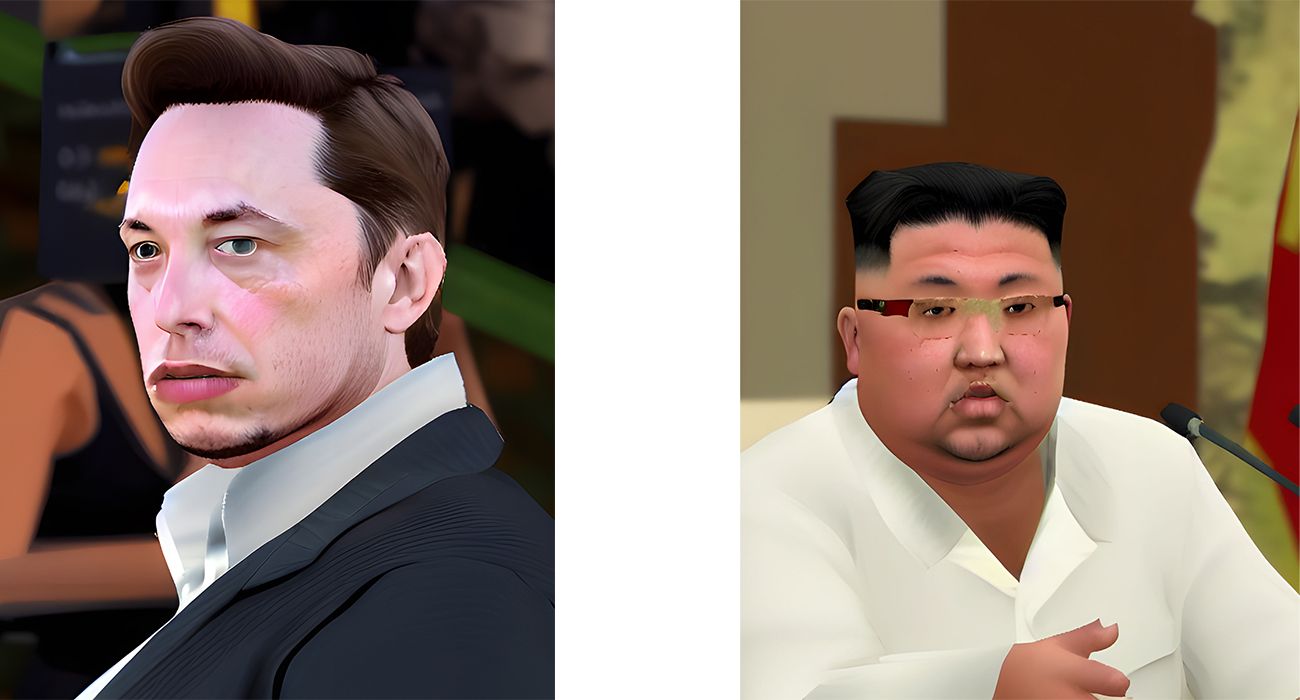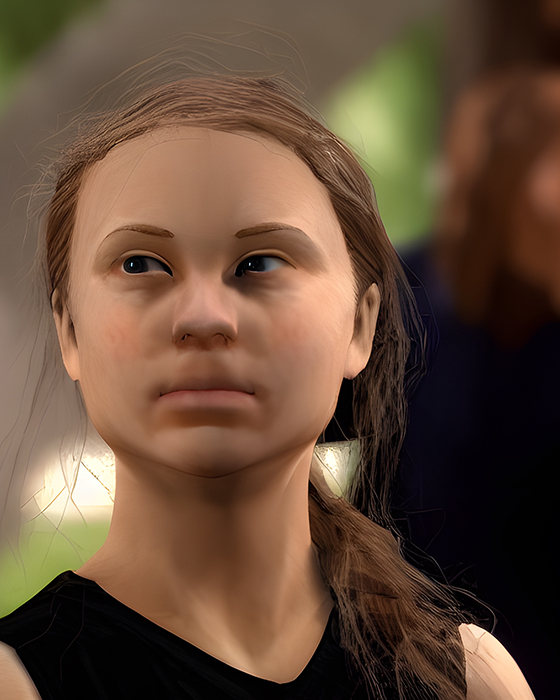"The revolution will not be automated" by Clemens Schöll
Media Art Animated Puppet Theater
Opening 8 July 2023, 16:00 - 21:30
Exhibition: 12.07-09.08.2023
Wed-Sat 12.00-18:00
Location: Markgrafenstraße 86, 10969 Berlin

Courtesy Clemens Schöll. Copyright: Ortrun Bargholz
At the center of the exhibition "The revolution will not be automated" is the 'small automation theater'. The 17-minute fully automated puppet theater installation uses classic hand puppets to tell the story of the Wohnungsbot. The Wohnungsbot is a free, open source software that Clemens Schöll developed and released in 2019. The software acts as an "ibuprofen for apartment hunting" and seemingly frees people from the symptoms of rent madness in Berlin. After an initial euphoria, however, the situation in the play turns against the apartment seekers and the question arises: Can there be technical solutions to social problems?
The puppet theater is the third and last part of the work cycle "Of someone who went forth to find a flat in Berlin" - An automation-drama in three acts". Based on the search for an apartment in Berlin and the problems associated with it, the works address the current and future social challenges posed by automation. This promises liberation from work, but often works to the disadvantage of already precariously living population groups in ways that are not very visible. The characters and the puppet theater play with the technological contexts and their stereotypical roles in the format and in meta-narratives.
Clemens Schöll's work with automated puppet and object theater seeks narrative forms to make automation, technical systems and their social consequences tangible and visible. The absence of a playing person shifts the focus from the psychological subject to the machinery as a symbol of the acting structures. The familiarity of the characters and their wit invite people to engage with the complex and abstract contexts.

Courtesy Clemens Schöll. Copyright: Ortrun Bargholz
Of someone who went forth to find a flat in Berlin. An automation-drama in three acts — Act 3: In ultimate consequence
17 minutes, no break
with
Kasperle
Prinzessin
Krokodil
Wohnungsbot
spoken by
Monika Freinberger (Kasperle, Prinzessin, Krokodil)
Marlene [AWS Polly] (Wohnungsbot)
Copy editing
Christopher Heyder
Production
Ortrun Bargholz





